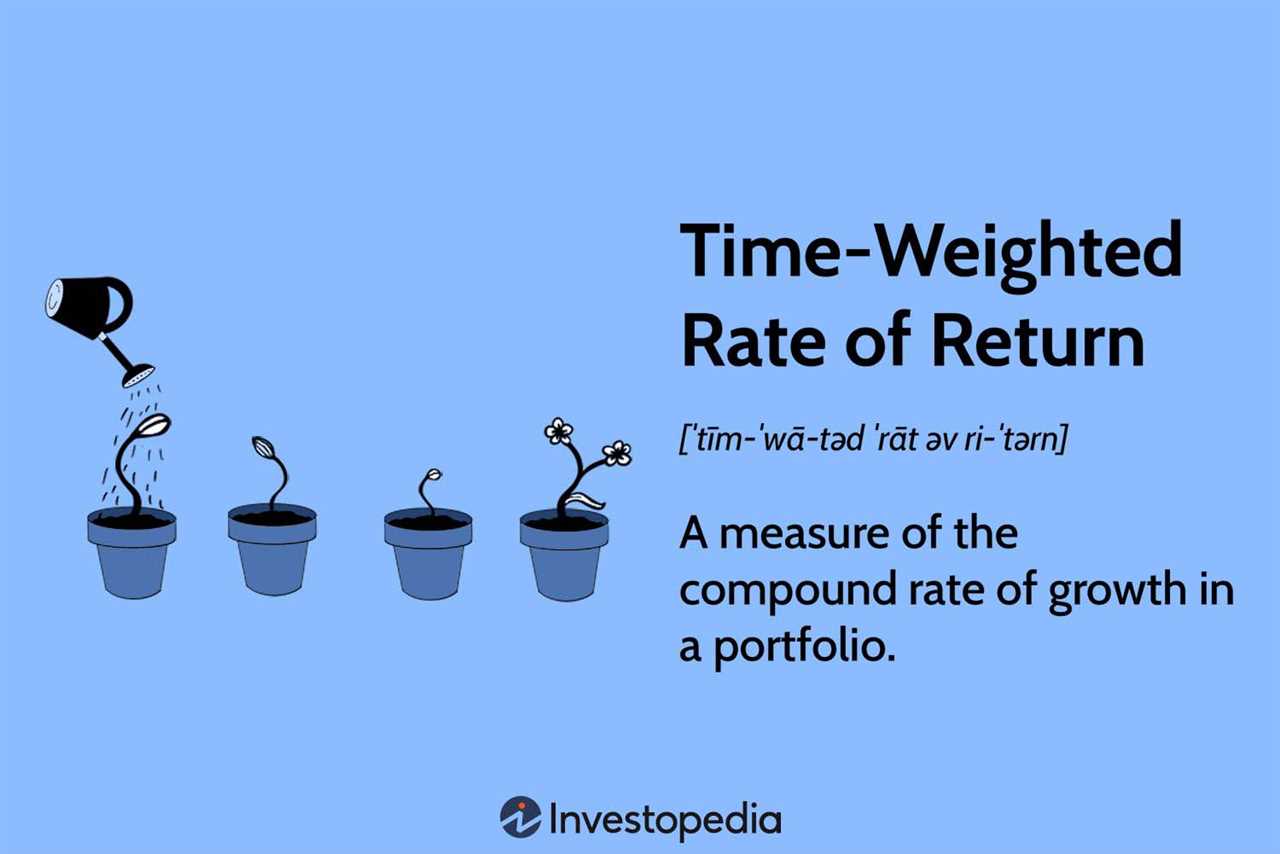What is Negative Return?
Negative return refers to a financial situation where the value of an investment decreases over a certain period of time, resulting in a loss for the investor. It is the opposite of a positive return, which occurs when the value of an investment increases.
When an investment has a negative return, it means that the investor has lost money on their initial investment. This can happen due to various factors such as market downturns, economic instability, poor financial performance of the investment, or other external factors.
It is important to understand that negative return is a common occurrence in the world of investing. Investments are subject to market risks, and it is not uncommon for the value of an investment to fluctuate over time. Negative returns can be temporary and may eventually turn positive if the market conditions improve.
In summary, negative return refers to a situation where the value of an investment decreases, resulting in a loss for the investor. It is important for investors to understand and manage the risks associated with negative returns in order to make informed investment decisions.
Mechanics of Negative Return

There are several factors that contribute to negative return:
1. Market Conditions: Market conditions play a significant role in determining the performance of investments. Fluctuations in the stock market, interest rates, and economic indicators can all impact the value of investments. If the market experiences a downturn, it can lead to negative returns for investors.
2. Poor Investment Choices: Investing in assets that underperform or have a high level of risk can result in negative returns. Poor investment choices may include investing in companies with declining revenues, industries that are facing challenges, or speculative assets with uncertain prospects.
3. Fees and Expenses: Fees and expenses associated with investments can eat into returns and contribute to negative performance. Management fees, transaction costs, and other expenses can reduce the overall return on investment.
4. Timing: The timing of buying and selling investments can greatly impact returns. Buying at the peak of a market cycle or selling during a downturn can result in negative returns. It is important for investors to carefully consider the timing of their investment decisions.
Investors can mitigate the risk of negative return by diversifying their portfolio, conducting thorough research, and seeking professional advice. Diversification involves spreading investments across different asset classes, sectors, and geographic regions to reduce the impact of any single investment on the overall portfolio.
Furthermore, conducting thorough research on potential investments can help investors identify opportunities and avoid poor choices. This includes analyzing financial statements, industry trends, and the competitive landscape.
Seeking professional advice from financial advisors or investment managers can also be beneficial. These professionals have expertise in analyzing market conditions, identifying investment opportunities, and managing risk.
Real-Life Example of Negative Return
To understand negative return better, let’s consider a real-life example. Imagine you invested $10,000 in a stock market index fund at the beginning of the year. Over the course of the year, the stock market experiences a significant downturn, resulting in a negative return for the index fund.
At the end of the year, you check the value of your investment and find that it has decreased to $9,000. This means that your investment has experienced a negative return of 10%. In other words, you have lost $1,000 on your initial investment.
This negative return can be attributed to various factors such as market volatility, economic downturns, or poor performance of the underlying assets in the index fund. It is important to note that negative returns are not uncommon in the financial markets and can happen to any type of investment.
Impact on Investment Portfolio

Experiencing a negative return can have a significant impact on your investment portfolio. It not only results in a loss of capital but also affects the overall performance of your portfolio.
For example, if you have a diversified investment portfolio consisting of stocks, bonds, and other assets, a negative return in one particular investment can offset the positive returns from other investments. This can lead to an overall decrease in the value of your portfolio.
Furthermore, negative returns can also have psychological effects on investors. It can create fear and uncertainty, causing investors to panic and make irrational investment decisions. It is important to stay calm and rational during periods of negative returns and avoid making impulsive investment choices.
Managing Negative Return
While negative returns are inevitable in the financial markets, there are strategies that investors can employ to manage and mitigate the impact of negative returns.
Diversification is one such strategy. By spreading your investments across different asset classes and sectors, you can reduce the impact of negative returns from any single investment. This helps to protect your portfolio from significant losses.
Additionally, staying informed and regularly reviewing your investment portfolio can help you identify underperforming investments and make necessary adjustments. This proactive approach can help minimize the impact of negative returns.
Conclusion

Negative returns are a reality of investing, and it is important to understand their mechanics and potential impact on your investment portfolio. By diversifying your investments, having a long-term perspective, and staying informed, you can effectively manage negative returns and navigate through challenging market conditions.
| Key Points |
|---|
| – Negative return refers to a loss in the value of an investment. |
| – Real-life examples of negative return can be seen in stock market downturns. |
| – Negative returns can impact investment portfolios and investor psychology. |
| – Diversification, long-term investing, and staying informed are strategies to manage negative returns. |

Emily Bibb simplifies finance through bestselling books and articles, bridging complex concepts for everyday understanding. Engaging audiences via social media, she shares insights for financial success. Active in seminars and philanthropy, Bibb aims to create a more financially informed society, driven by her passion for empowering others.
